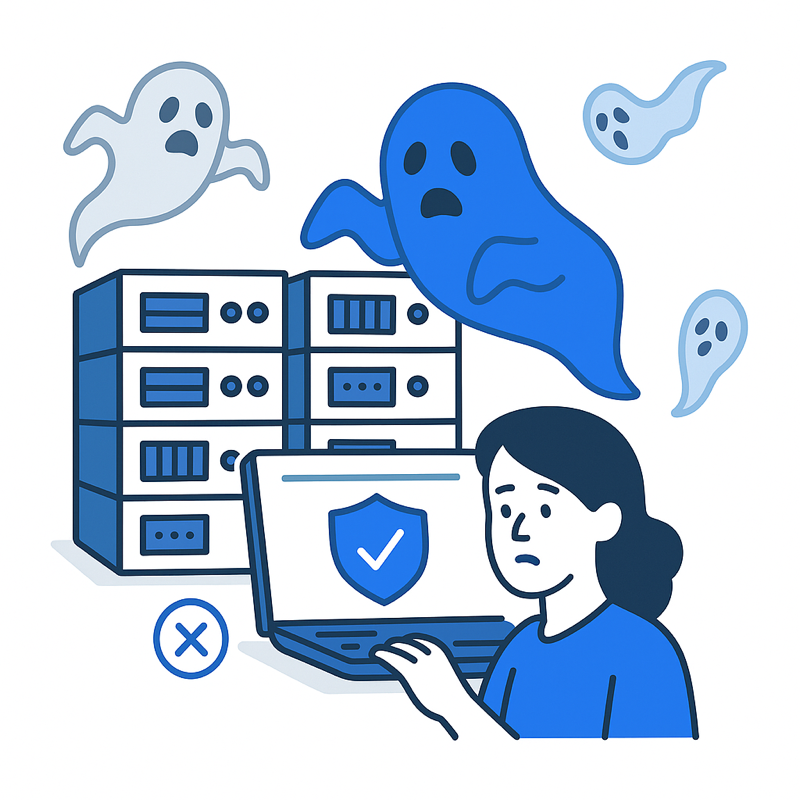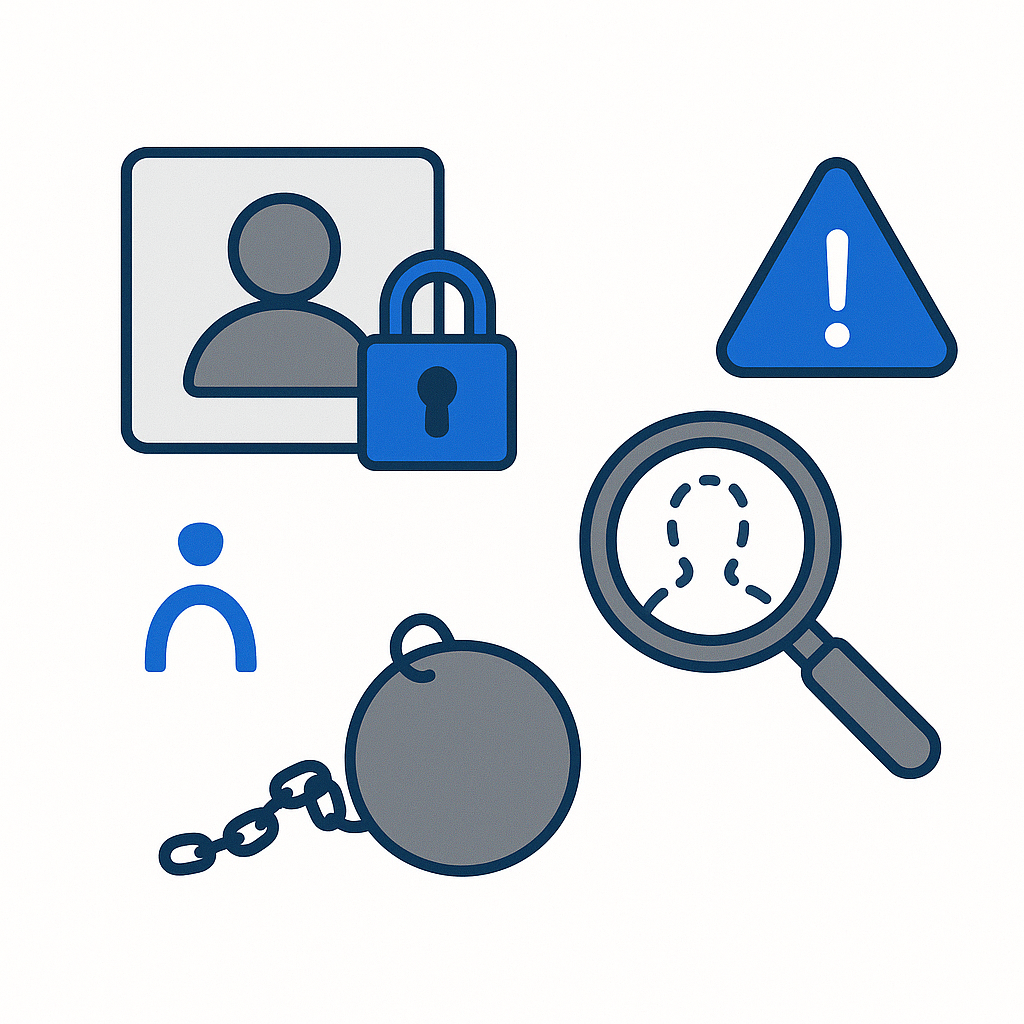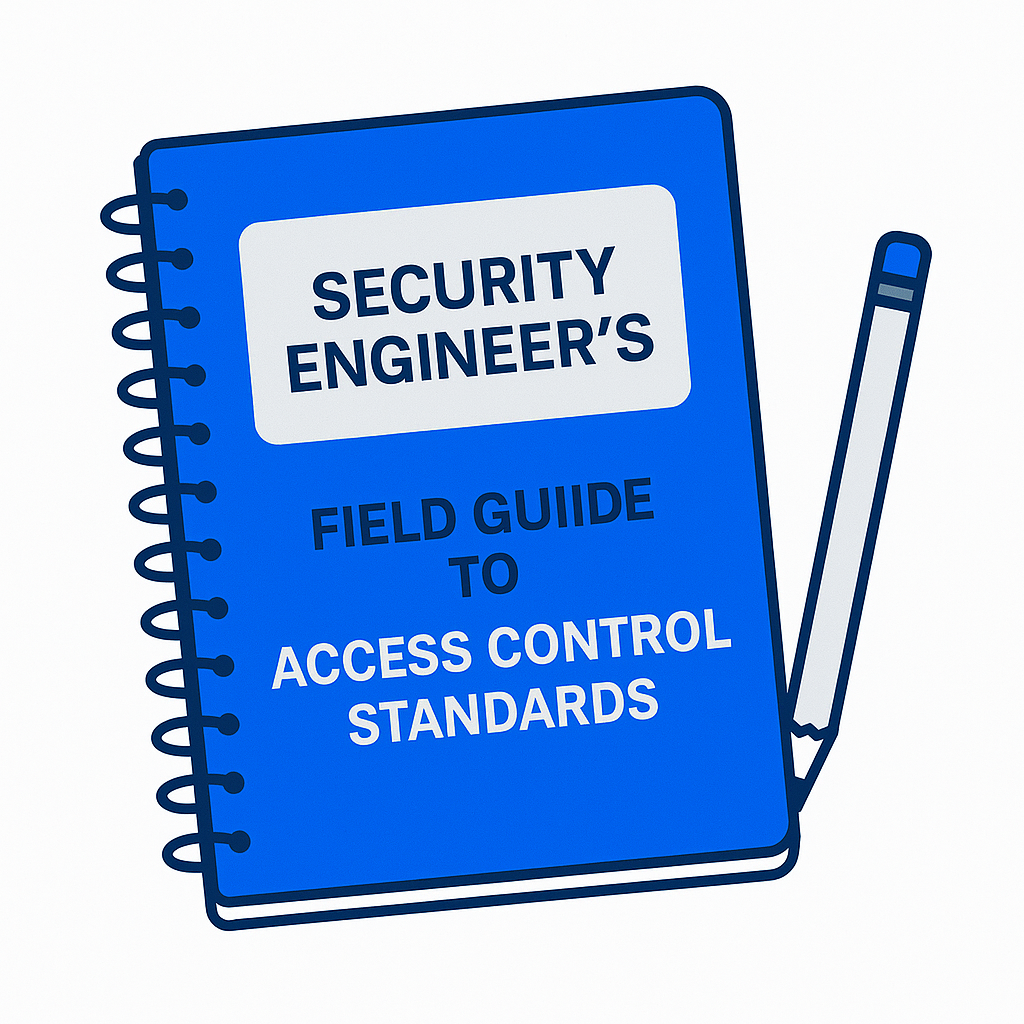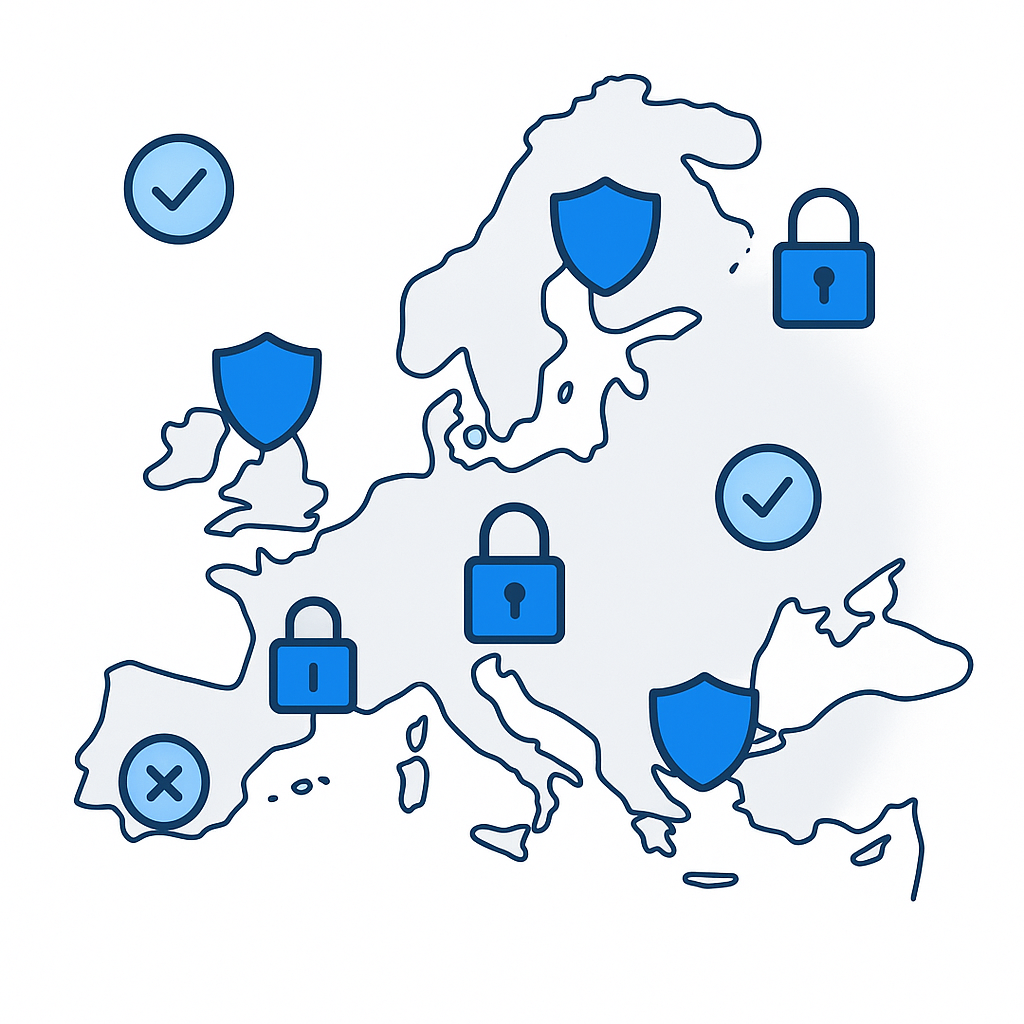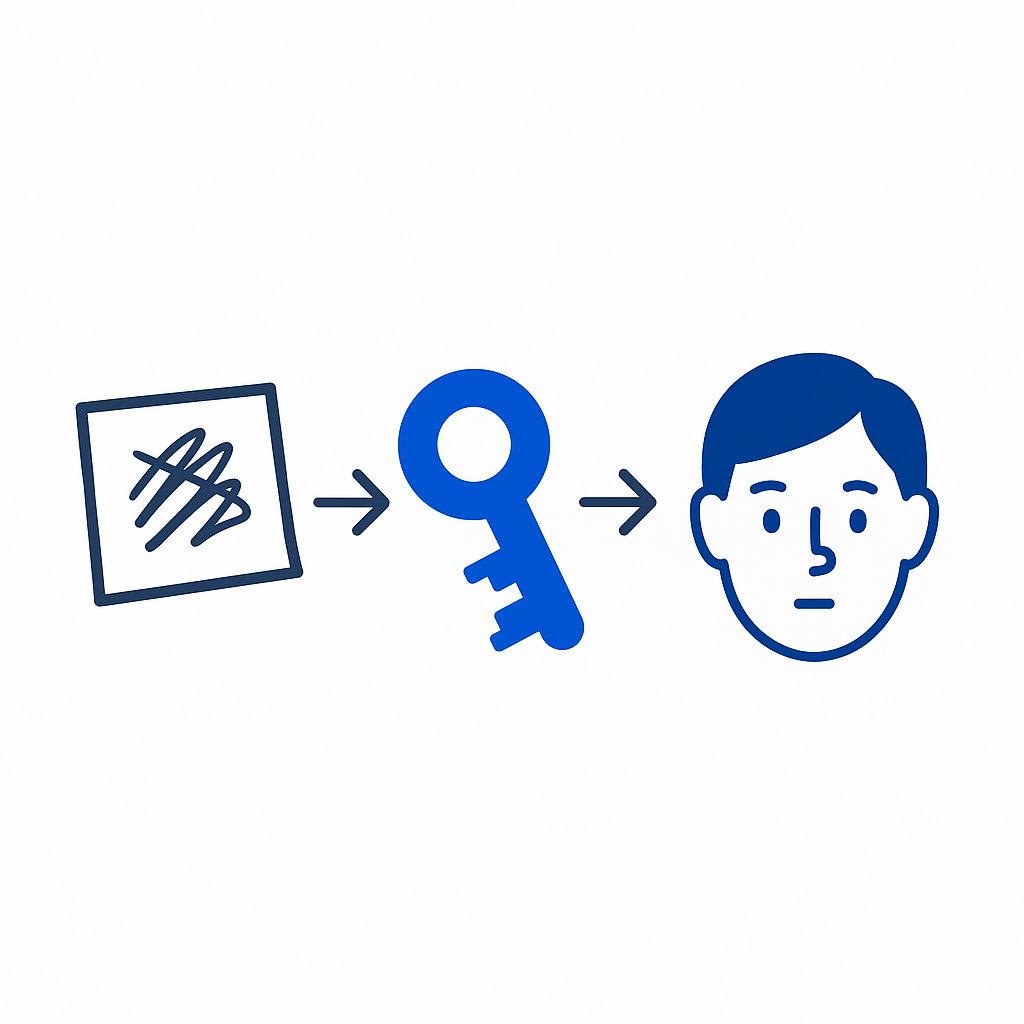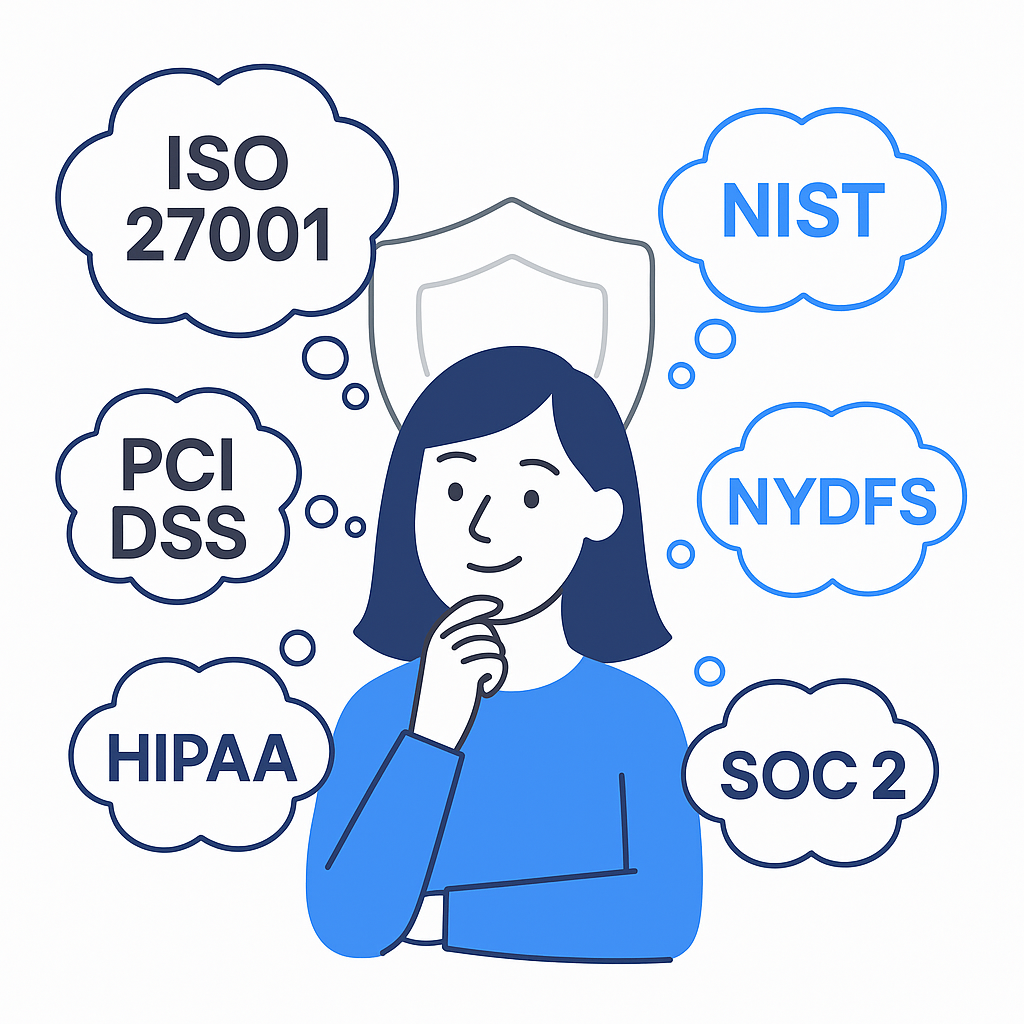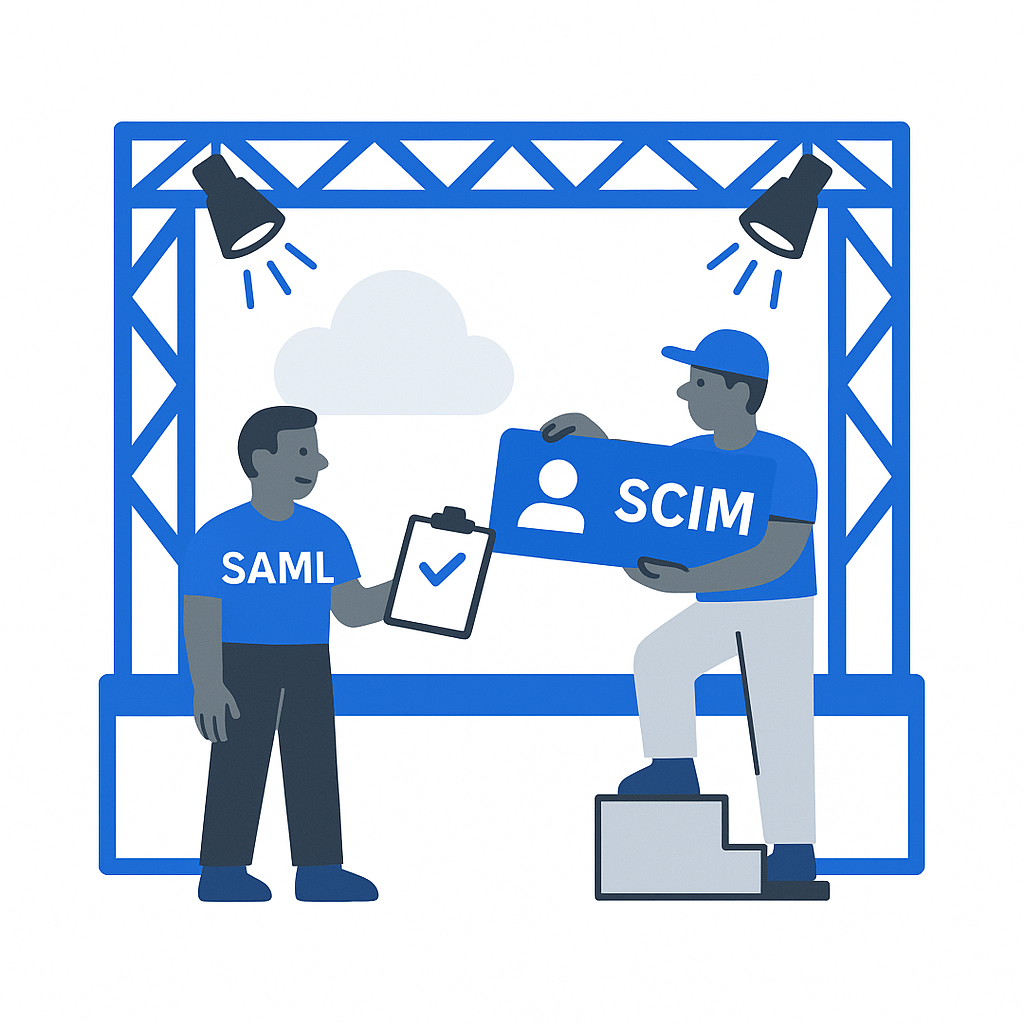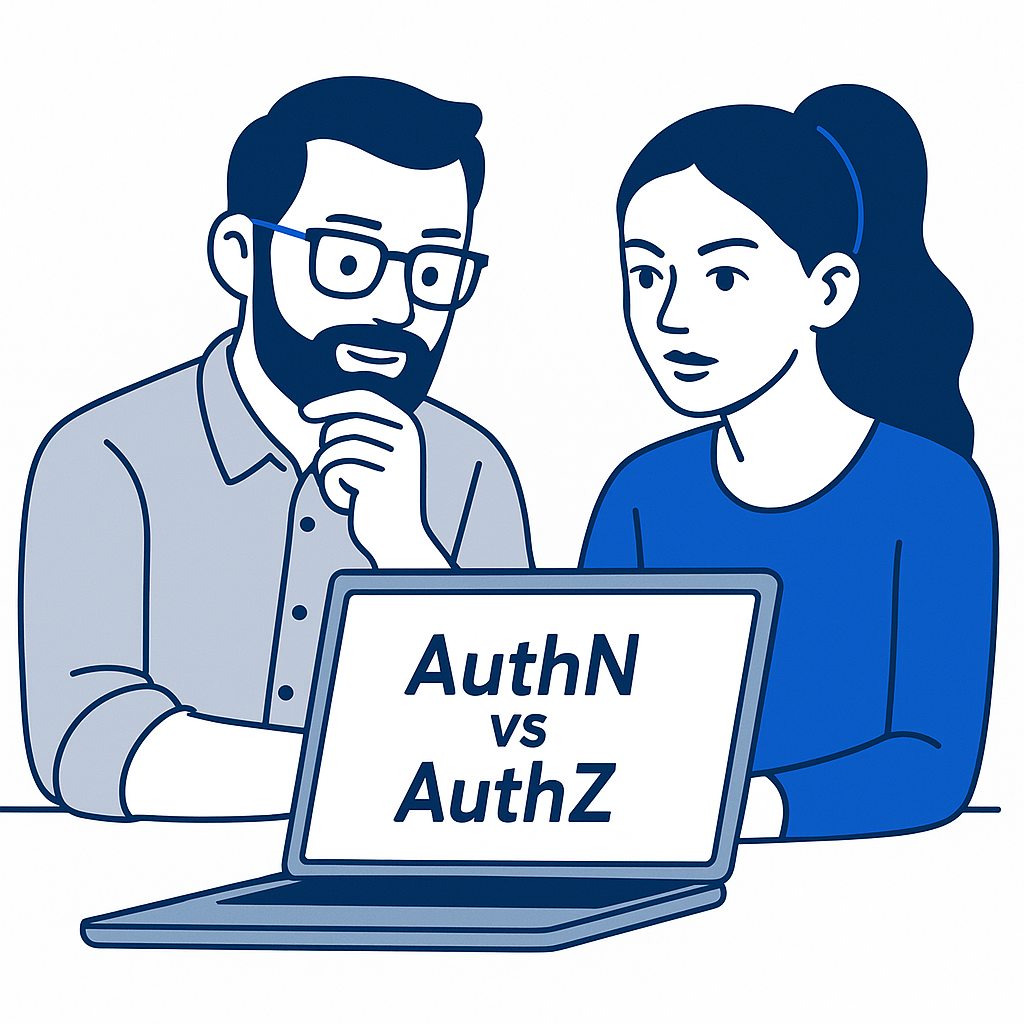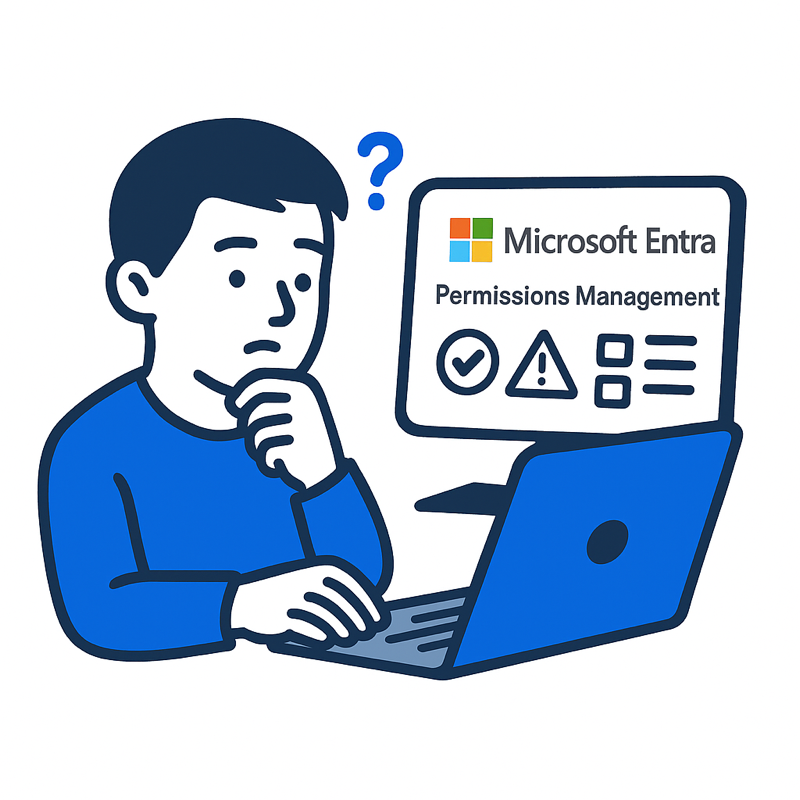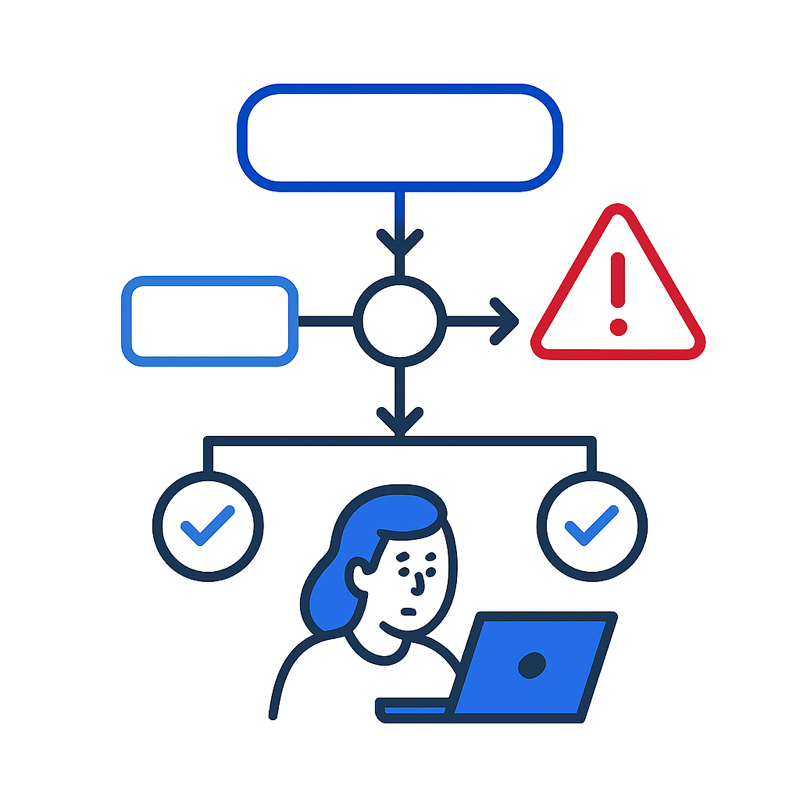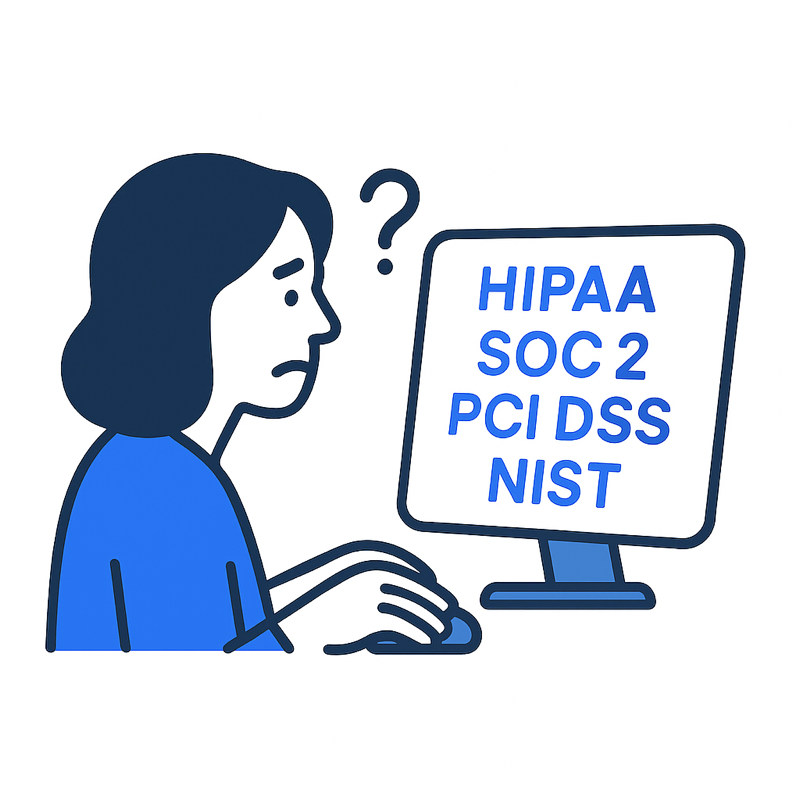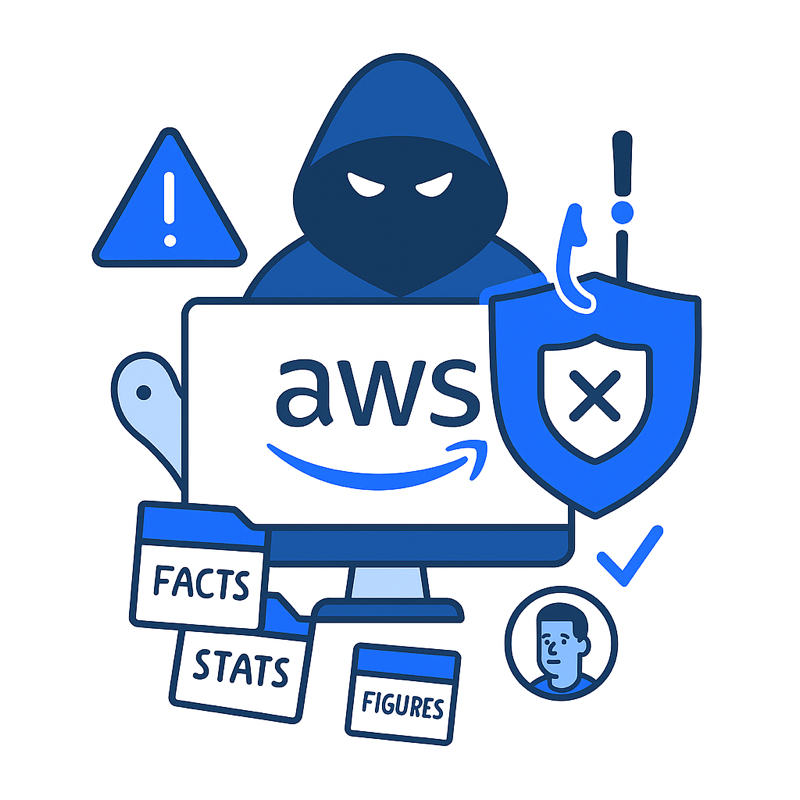The Latest EU Cybersecurity Laws We Can’t Ignore
If you sleep well at night because your security stack “complies,” brace yourself: the EU has just tightened its cyber screws. A new generation of laws (NIS2, DORA, CRA, CER, and reinforced by the original Cybersecurity Act) are now in force or soon will be in force to ensure organizations are capable of surviving a cyber attack. These are not for compliance theater. They demand real action, and fast.
Who Falls Under The New Regime?
It’s tempting to believe “this won’t affect me,” until you realize how broadly “essential,” “important,” or “critical” is being defined now.
- NIS2 (Network and Information Security Directive 2) addresses operators of “essential” and “important” entities across 18 sectors (energy, transport, health, banking, digital infrastructure, etc.). Entities will be classified via national transposition laws.
- DORA (Digital Operational Resilience Act) is squarely aimed at the financial sector, including banks, insurers, investment firms, and their information and communications technology (ICT) service providers.
- CRA (Cyber Resilience Act) covers manufacturers, importers, distributors of “products with digital elements” (hardware or software) offered in the EU market.
- CER (Critical Entities Resilience Directive) is aimed at organizations deemed “critical entities” by Member States: those providing essential services whose disruption would harm society or the economy. Sectors include energy, transport, health, water, digital infrastructure, public admin, food and more.
- The Cybersecurity Act (2019) underpins certification and the role of ENISA; it’s more of an enabling regulation for standards and trust frameworks.
One wrinkle: NIS2 and CER are directives, which means each EU country must transpose them into its national law. That opens room for divergence, delays, and uncertainty. Meanwhile, DORA and CRA are regulations, which apply directly across the Union.
If your business is in or sells into the EU and touches any of these sectors (or sells a software product), you should act as if you’re in scope, then validate with your legal/compliance team.
What Are The New Obligations, And When?
Gone are the days of “we have policies somewhere.” The new laws impose prescriptive and enforceable obligations: governance, risk, incident reporting, third-party controls, resilience testing, vulnerability reporting, personal liability.
- Under NIS2, covered entities must adopt risk-management practices (organizational, technical, supply chain), designate management-level accountability, perform audits, apply incident response protocols, and report “significant incidents.” National competent authorities gain inspection powers.
- DORA demands a unified ICT risk management framework, ICT third-party risk oversight, digital operational resilience testing (including advanced tests), incident classification/reporting, and threat sharing.
- CRA introduces “security by design” and “secure by default” requirements for digital products. It requires vulnerability handling processes, timely security updates, technical documentation, lifecycle obligations (support timelines), and a 24-hour (from awareness) incident reporting requirement to EU agencies (ENISA).
- CER requires that once an organization is designated as a critical entity, it must conduct risk assessments (every four years), adopt resilience plans, take resilience measures (organizational, technical, also physical), and notify the competent authority of any “disruptive incident.”
- The Cybersecurity Act enables EU-wide certification schemes, supports common standards, and reinforces ENISA’s role (less about obligations on business, more about enabling frameworks).
Penalties are harsh. Under the CRA, noncompliance with essential security requirements may result in fines of up to €15 million or 2.5% of the company's worldwide turnover, whichever is higher. Under NIS2, Member States may impose penalties of up to €10 million or 2% for essential entities, or €7 million or 1.4% for “important” ones. National rules may also impose personal liability on senior management.
Deadlines:
- NIS2 transposition deadline was 17 October 2024; obligations start applying as national laws come into force. DORA’s application kicked off on 17 January 2025.
- CRA entered into force in December 2024, with primary obligations applying from 11 December 2027 (incident reporting earlier from September 2026).
- CER should have been transposed by 17 October 2024; Member States must identify critical entities by 17 July 2026.
Incident Reporting: tighter, faster, more personal
The old model of “within 72 hours if serious” is being replaced. For NIS2 (and DORA when it overlaps), you’ll generally have to report “significant incidents” often within 24 hours from when you become aware. CRA demands an even stricter 24-hour clock from awareness of a “cybersecurity incident” affecting a product. Meanwhile, reports aren’t just blindly dumped—you’ll need a full root cause analysis, containment steps, mitigation plan, and lessons learned to supplement. Under CER, “disruptive incidents” affecting essential service provisioning must be notified.
You must also watch out for cascading obligations: if an ICT third-party suffers an incident, you may inherit the duty to report under DORA or NIS2. And yes, senior managers may be held personally accountable if the reporting chain is botched. It’s probably not fair but it definitely is the law.
How Modern Access Control Supports EU Cybersecurity Law
The new wave of EU cybersecurity law demands visibility, control, and accountability across every layer of digital access, and that’s precisely where modern identity platforms like Trustle excel. By enforcing Zero Standing Privileges and Just-in-Time access, organizations can prove they operate on a strict least-privilege model, limit exposure windows, and maintain full auditability of who accessed what, when, and why. Automated provisioning and deprovisioning of internal and third-party accounts help satisfy NIS2, DORA, CRA, and CER obligations for governance. In practice, these tools turn compliance into an operational strength, providing visibility, faster containment, and the kind of provable control that regulators, boards, and customers now expect.
What You Need to do Today
(yes, today)
Start here, before compliance turns from guidance to enforcement.
First, triage scope. Conduct an applicability assessment: are you or any business unit an essential/important entity under NIS2? Do you manufacture or deliver software/hardware into the EU (CRA)? Are you in the financial sector (DORA)? Are you likely to be designated as a critical entity (CER)? Examine your supply chain cross-links, too.
Second, map your gaps. Compare existing risk controls, incident playbooks, vendor due diligence, change control, logging, forensics, resilience plans, with the new prescriptive demands (e.g. third-party ICT supplier oversight, resilience testing). Put an architecture lens on each: design your compliance in your systems, not bolt it on.
Third, establish governance and accountability. Designate people at the senior level for oversight. Document roles, authority, and accountability. If you don’t build this into your org chart now, expect friction later and liability when something breaks through.
Fourth, upgrade your incident procedures. Build detection-to-reporting pipelines that work within 24 hours, automations for capturing required metadata, and processes to distinguish what qualifies as a “reportable incident” vs noise.
Fifth, audit and test. Run red/blue/chaos exercises, validate resilience plans, simulate vendor failure, and validate your recovery time objectives. The regulators expect not just plans but proof you can execute them. DORA, especially, wants digital resilience testing.
Sixth, embed supplier oversight and contract clauses. You will be held accountable for ICT third parties, especially for critical suppliers. Contracts must mandate security KPIs, right to audit, breach notification, and termination rights.
Seventh, get ready for registration and notification interfaces. When national transpositions happen, you’ll have to register as an entity in scope, point to your competent authority, and perhaps get listed in a national registry. Make sure your technical, legal, and security teams are aligned to respond to audits and inspections.
Finally, start culture shifts now. Make “security in development” and “resilience in design” part of your daily language. You’ll want engineering teams referencing NIS2, CRA, DORA as constraints—not afterthoughts.
Parting Thoughts
Think of these laws not as compliance deadweights but as a forcing function: the EU is pushing its own baseline security expectations upward. If you act early, build controls that satisfy these laws and strengthen your architecture, this becomes a competitive differentiator. Your adversaries will not wait for regulation. Being forced to comply means that those who see an opportunity in it will win.







